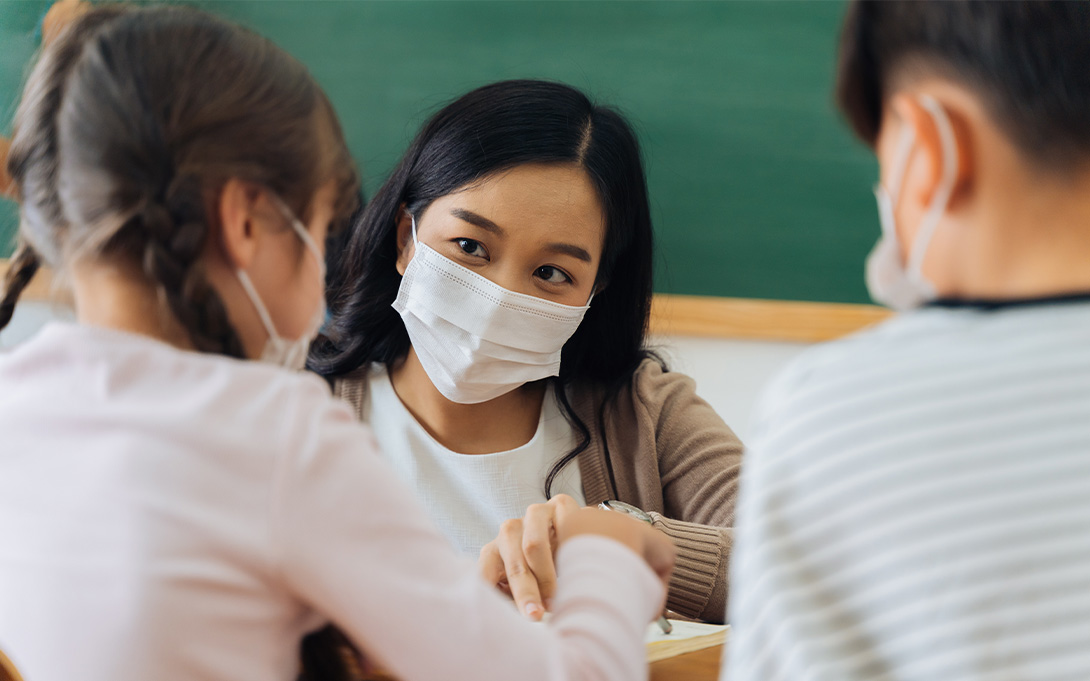The Pandemic's Effect on Demand for Public Schools, Homeschooling, and Private Schools
The COVID-19 pandemic drastically disrupted the functioning of U.S. public schools, potentially changing the relative appeal of alternatives such as homeschooling and private schools. Using student-level administrative data from Michigan and nationally representative data from the Census Household Pulse Survey, the authors show how the pandemic affected families’ choices of school sector. Through this analysis, the Pandemic’s Effect on Demand for Public Schools, Homeschooling, and Private Schools adds to a growing base of research around the impact of COVID-19 and student enrollment patterns. This includes the first analysis of how remote or in-person learning relates to parents choosing homeschooling or private schools, as well as the first evidence on national variation in homeschooling choice by household income and age. Together, the findings shed light on how families make schooling decisions and may imply potential longer-run disruptions to public schools.

Key findings
1. Public school enrollment declined noticeably in fall 2020. In Michigan, enrollment dropped by 3% among K-12 students and 10% among kindergartners. There is a strong age gradient to this enrollment pattern; so much so that more students returned to Michigan public high schools during the pandemic than they had in years prior. These patterns in Michigan are consistent with national figures.
2. Homeschooling rates jumped substantially in the fall of 2020, driven largely by families with children in elementary school. Movement to homeschooling accounts for the majority of Michigan’s students who did not return to the public system, with movement to private schools largely explaining the rest. Again, national trends in homeschooling follow a similar pattern.
3. Homeschooling increased more where schools provided in-person instruction while private schooling increased more where instruction was remote, suggesting important differences across families in their concerns about children’s physical health and instructional quality. These divergent patterns highlight how either learning modality was likely to motivate a shift of substantial numbers of would-be public sector students to alternative educational sectors.
4. Kindergarten enrollment declines were concentrated among low-income and Black students, while the smaller declines in other grades and for incumbent students were disproportionately among higher income and White students.
Download the policy brief →
